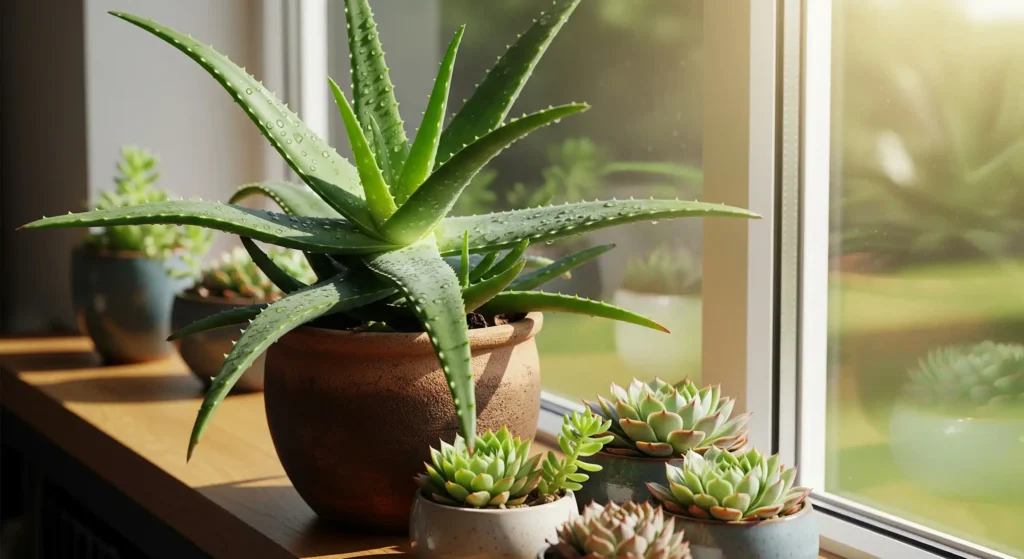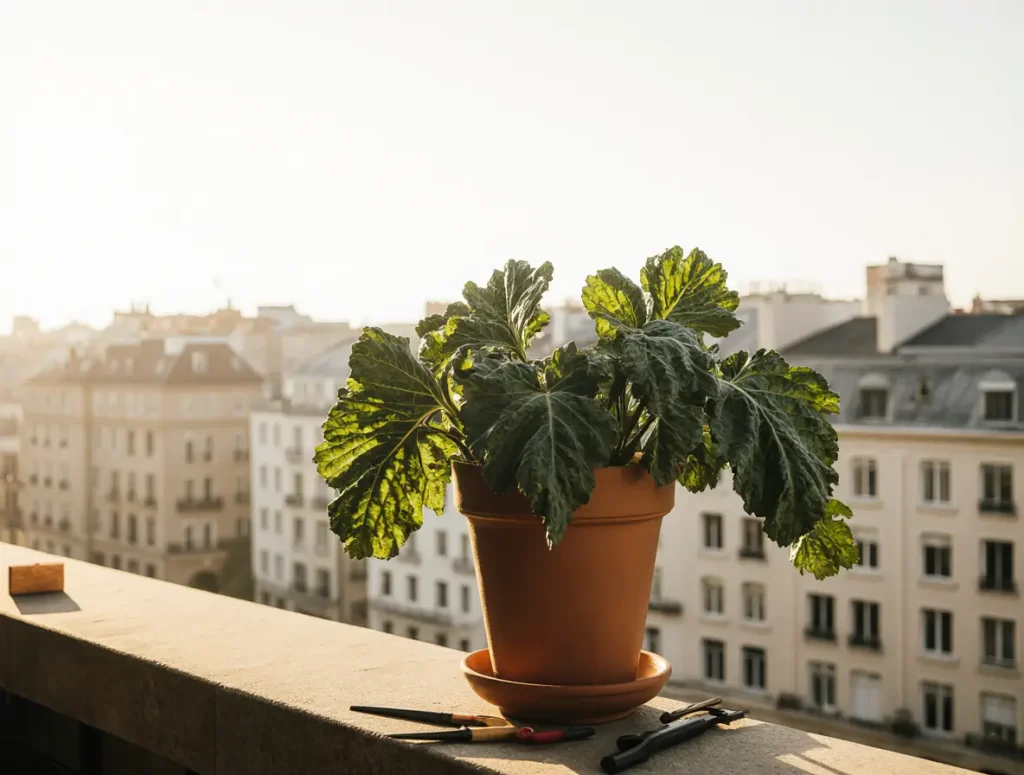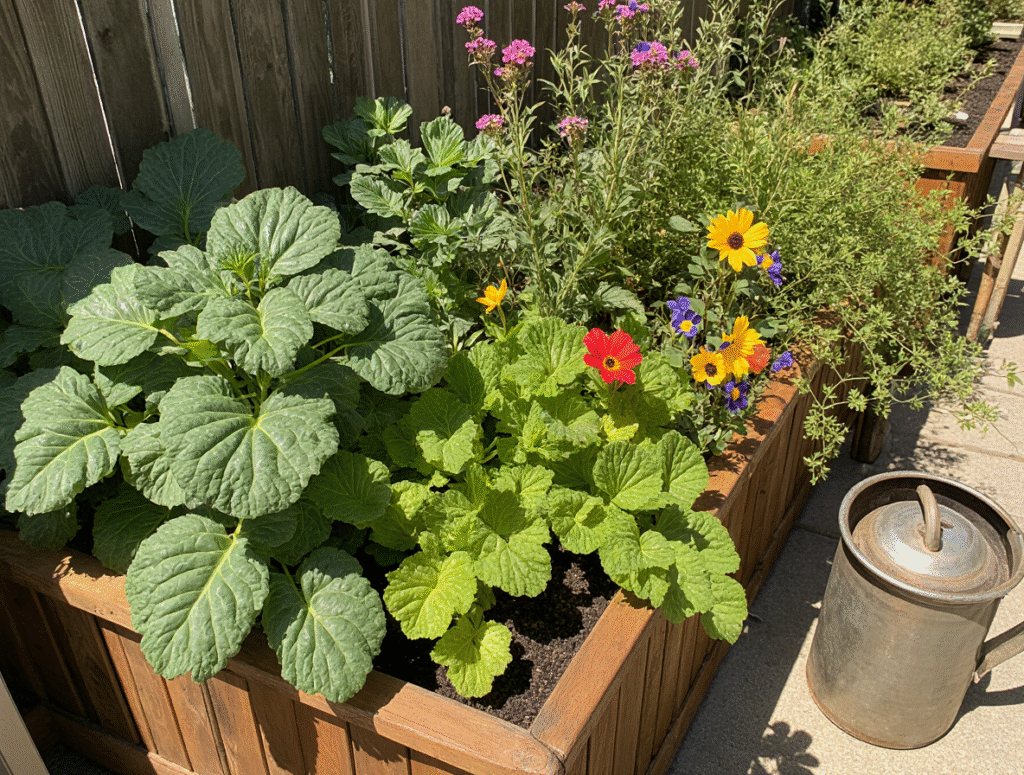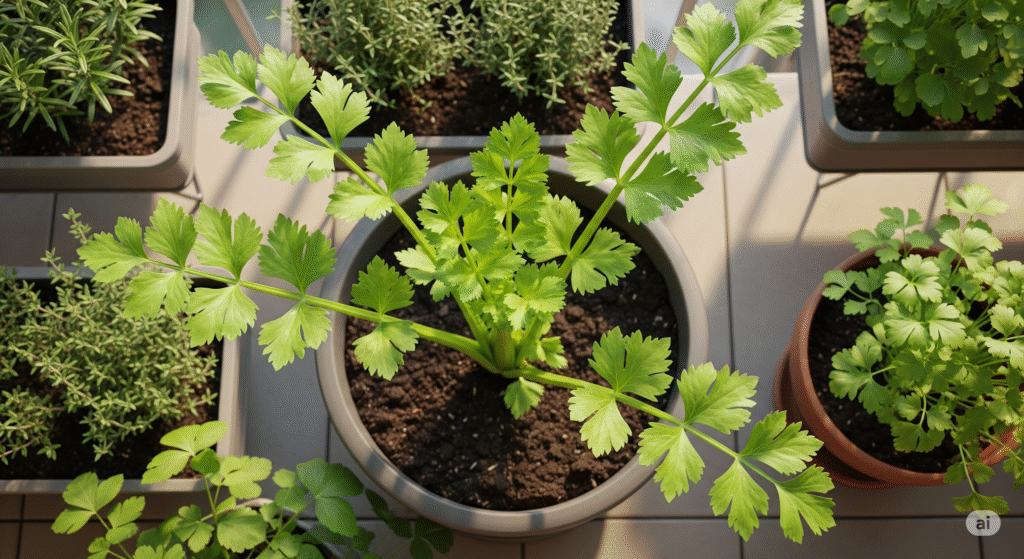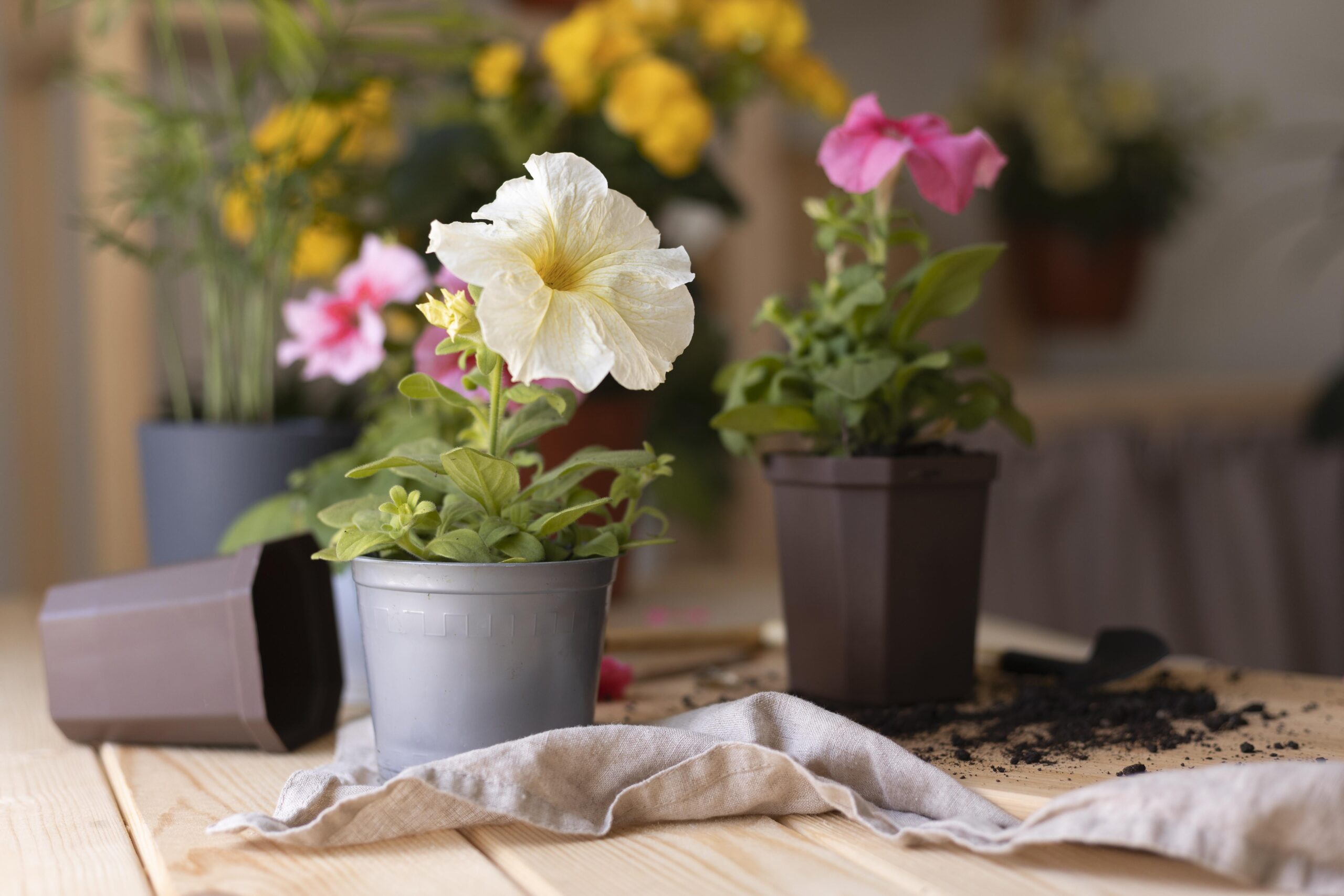
Best Flowers for Pots: Flower Container Gardening Tips for Small Spaces
Container gardening is an excellent way to add vibrant colors and fragrant scents to small spaces. Whether you have a balcony, patio, or sunny windowsill, choosing the best flowers for pots is essential for creating a thriving flower container garden. This guide highlights the top flowers for containers, focusing on their sunlight needs, maintenance requirements, and visual appeal to help you build a beautiful and easy-to-care-for container garden.
Understanding Your Growing Conditions:
Before diving into specific flower varieties, it’s crucial to assess your growing environment. Consider these factors:
- Sunlight: How many hours of direct sunlight does your space receive? This will determine whether you need sun-loving, shade-tolerant, or part-shade flowers.
- Space: How much space do you have for containers? This will influence the size and number of pots you can use.
- Climate: Your local climate plays a significant role in which flowers will thrive. Consider your region’s average temperatures and rainfall.
Top Flower Choices for Pots:
Here are some of the best flowers for pots, categorized by their sunlight preferences:
Sun-Loving Flowers (6+ hours of direct sunlight):
- Geraniums (Pelargoniums): These classic container flowers are known for their vibrant colors, long blooming season, and easy care. They tolerate heat and drought well, making them ideal for sunny locations.
- Petunias: Petunias are incredibly versatile and come in a wide array of colors and forms (grandiflora, multiflora, wave). They bloom profusely throughout the summer and attract pollinators.
- Marigolds: These cheerful flowers are easy to grow and offer bright yellow, orange, and red blooms. They are also known for their pest-repelling properties.
- Sunflowers (Dwarf Varieties): While full-sized sunflowers require ample space, dwarf varieties are perfectly suited for containers. They bring a touch of summer sunshine to any setting.
- Zinnias: Zinnias are heat-tolerant and produce vibrant, long-lasting blooms in a variety of colors. They also attract butterflies and hummingbirds.
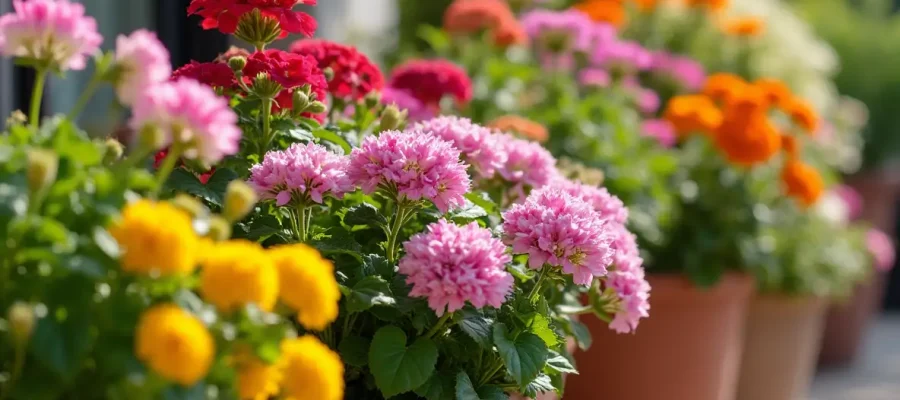
Part-Shade Flowers (4-6 hours of sunlight, preferably morning sun):
- Begonias: Begonias offer a wide range of forms and colors, from delicate blooms to bold foliage. They thrive in partial shade and prefer well-drained soil.
- Fuchsias: These elegant flowers are known for their unique, dangling blooms. They prefer cool, shady locations and consistently moist soil.
- Impatiens: Impatiens are a popular choice for shady areas, providing a burst of color with their delicate blooms. They require consistently moist soil and protection from direct sunlight.
- Coleus: While technically grown for their foliage, coleus plants offer a stunning array of vibrant colors and patterns. They thrive in part shade and add visual interest to any container garden.
Shade-Tolerant Flowers (Less than 4 hours of direct sunlight):
- Browallia: These delicate flowers produce beautiful blue or white blooms and thrive in shady conditions.
- Tuberous Begonias: These stunning begonias produce large, showy blooms in a variety of colors. They prefer shade and well-drained soil.
Creating Stunning Container Combinations:
For a truly eye-catching display, consider combining different flower varieties in a single pot. Here are some tips:
- Thriller, Filler, Spiller: This classic container gardening technique involves choosing a tall “thriller” plant as the focal point, “filler” plants to fill in the space, and “spiller” plants to cascade over the edges of the pot.
- Color Harmony: Choose flowers with complementary or contrasting colors to create a visually appealing arrangement.
- Varying Textures: Combine flowers with different textures and foliage for added interest.
Essential Container Gardening Tips:
- Choose the Right Pot: Select a pot with drainage holes to prevent waterlogging.
- Use Quality Potting Mix: Avoid using garden soil, as it can become compacted in containers.
- Water Regularly: Water your containers when the top inch of soil feels dry.
- Fertilize Regularly: Feed your flowers with a balanced liquid fertilizer every 2-4 weeks during the growing season.
- Deadhead Spent Blooms: Remove faded flowers to encourage continuous blooming.
Conclusion:
With careful planning and the right flower choices, you can create a stunning container garden that thrives in any space. By considering factors like sunlight, maintenance, and visual appeal, you can enjoy a vibrant and fragrant display of flowers throughout the growing season. Whether you prefer the bold colors of sun-loving geraniums or the delicate beauty of shade-tolerant begonias, there are plenty of options to create a container garden that perfectly suits your needs and preferences.
FAQ:
Q: How often should I water my potted flowers?
- A: This depends on the weather, the type of flower, and the size of the pot. Generally, water when the top inch of soil feels dry.
Q: Do I need to fertilize my potted flowers?
- A: Yes, fertilizing is important for providing your flowers with the nutrients they need to thrive. Use a balanced liquid fertilizer every 2-4 weeks during the growing season.
Q: What should I do with my potted flowers in the winter?
- A: This depends on the type of flower and your climate. Some flowers can be overwintered indoors, while others are annuals and will need to be replanted each year.
Q: Can I grow vegetables in pots?
- A: Yes, many vegetables, such as tomatoes, peppers, and herbs, can be successfully grown in containers.
Q: What is deadheading?
A: Deadheading is the process of removing faded or spent flowers. This encourages the plant to produce more blooms and keeps it looking tidy.
You Might Like

